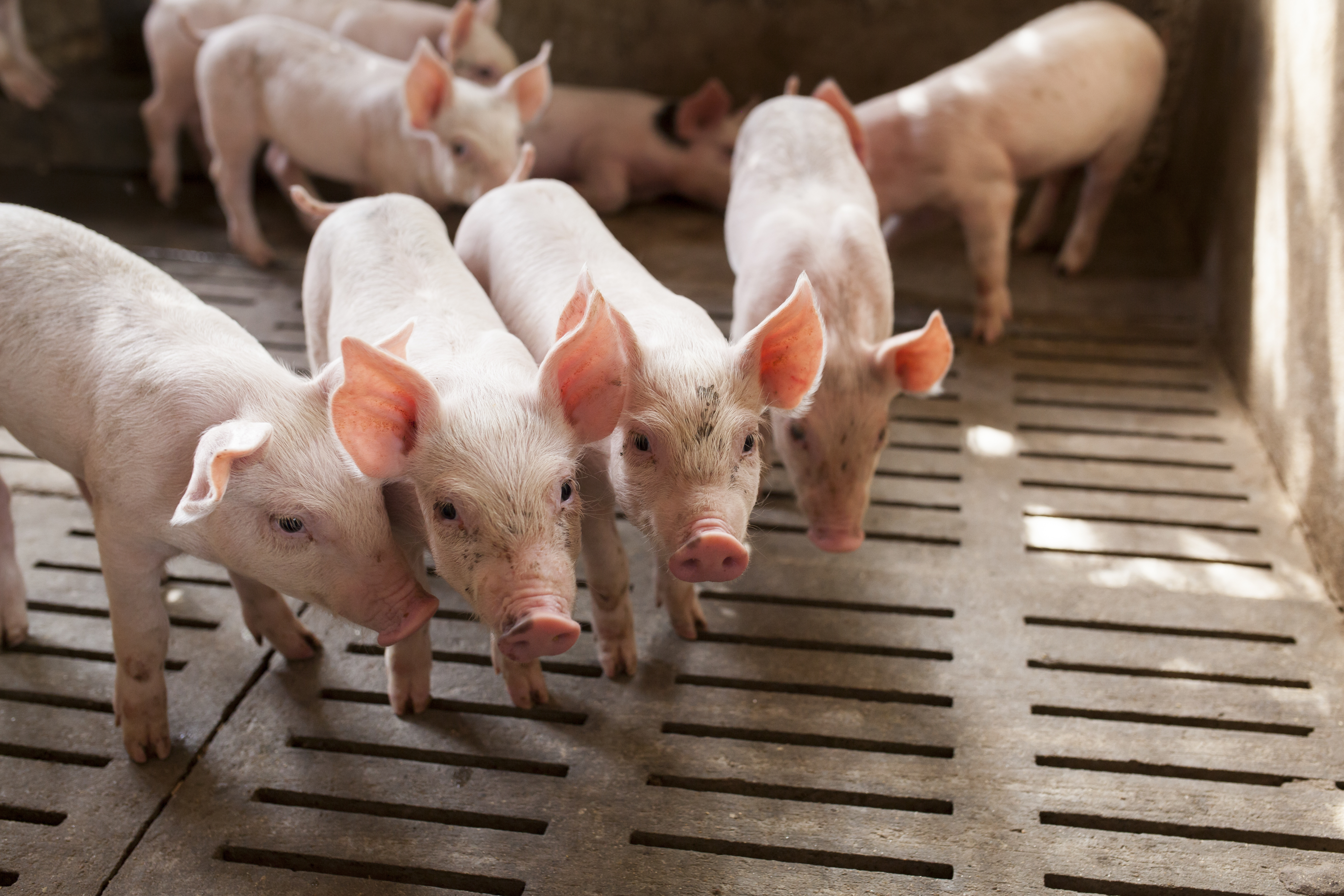



EuroTier 2021: Aspects for efficient feeding and alternative protein sources for Chinese pig industry
As part of the focus on China at the virtual EuroTier 2021 conference, experts discussed the feeding requirements for pigs and alternative sources of protein that could be used to reduce costs.Part of Series:
Next Article in Series >

First speaker, Dr Shengdi Hu, head of the Centre for Nutritional Database and Feed Formula and Senior Research Fellow at New Hope Feed Research Institute, concentrated on the precise and rapid feedstuff evaluation system.
He started off by highlighting that with a world population of an estimated 9.8 billion by 2050 the total amount of meat consumption is likely to be around 463.8 million tonnes, of which 140.7 million tonnes will be pork.
“This means pork production will increase by 137%, and we will have at least 1.1 billion pigs by that time,” said Dr Shengdi Hu. “However, the sources are always limiting comparing with the need for meat products, especially the feedstuff sources.”
Feed costs in pig production account for over 60% of the total costs in the industry. If farmers can save one kilogramme of feed per pig, there will be $350 to $400 million saved across the world each year.
“That’s why we are really looking for a way to optimise the growth performance of pigs and minimise the feed costs,” said Dr Shengdi Hu. “One of the best ways to save costs and have the pig growing fast is to balance the key nutritional elements provided from the diet with the efficiency of nutrient utilisation.
“The pigs diet must contain adequate quantity and quality of all the nutrients and be utilised in the most efficient way,” he said.
The key nutritional elements of the diet to ensure pig growth and health are: water, energy sources carbohydrates and lipids, protein and peptides, minerals, vitamins and functional fibres.
The factors that affect feed efficiency are: the availability of nutrients, the stage, status and sex of the animal, anti-nutritional factors in the feed and toxins.
“It’s therefore the job of the animal nutritionist to balance all of these in order to give the pig what it needs to grow at the best cost,” said Dr Shengdi Hu. “For optimum growth and minimal cost, the accurate nutritional bio-activities in different feedstuffs are essential and necessary, which can be measured by a precise evaluation system.”
He went on to say that dietary protein has no nutritional value unless it is digested, and if the protein is undigested it just goes through the large intestine, which obviously is a waste of money.
Alternative feed options
Protein prices increase very quickly in China, so farmers often explore the alternatives to try and reduce their overall feed costs which eats into their profits.
Dr Shengdi Hu outlined a number of animal-based products including blood meal, feather meal, meat and bone meal, and poultry by-product meal that are excellent sources of functional amino acids for use in pig diets.
However, he also mentioned the problems associated with using these such as biosecurity, bringing in ASF, cost and the processing technique.
The second set of alternative sources of protein available are derived from fermented plant sources such as fermented soybean meal, fermented rapeseed meal, fermented peanut meal and fermented palm meal .
However, again these come with their own set of problems, such as the fermentation processing technique decides the final quality badly and some characteristics can not be evaluated by the precise and rapid system.
And the third alternative protein sources are single-cell proteins which have emerged in the last five to 10 years.
Dr Shengdi Hu said: “These have been proven successful with significant results observed in the early stages of piglets. They have good amino acids balance.
“Other benefits include the reduction of diarrhoea in weanlings,” he added.
To wrap up his presentation, the take home message from Dr Shengdi Hu was that to achieve optimal growth performance and minimal cost, the pig’s diet must contain adequate nutrients that need to be utilised in the most efficient way.
Livestock by-products, fermented plant-source ingredients and single-cell proteins are good options of alternative protein sources.
Reduction of protein feeds
The second presentation was from Gerhard Stalljohann, head of Department Animal Husbandry and Feeding Pigs, Chamber of Agriculture, North Rhine-Westphalia.
He talked about the current recommendations and consultations on feeding fattening pigs in Germany and the potential for reduction of protein feeds.
One of the trials he outlined was on the reduction of soybean meal in diets for fattening pigs.
A summary of the results indicated that a further reduction of soybean meal in diets for fattening pigs and crude protein concentration is possible.
Figures suggest that 1% point less of soybean meal in the diet was equal to 0.3% less crude protein in the diet. This also represented 3kgs less soybean meal per pig and a reduction in feeding costs of €1 per pig.











